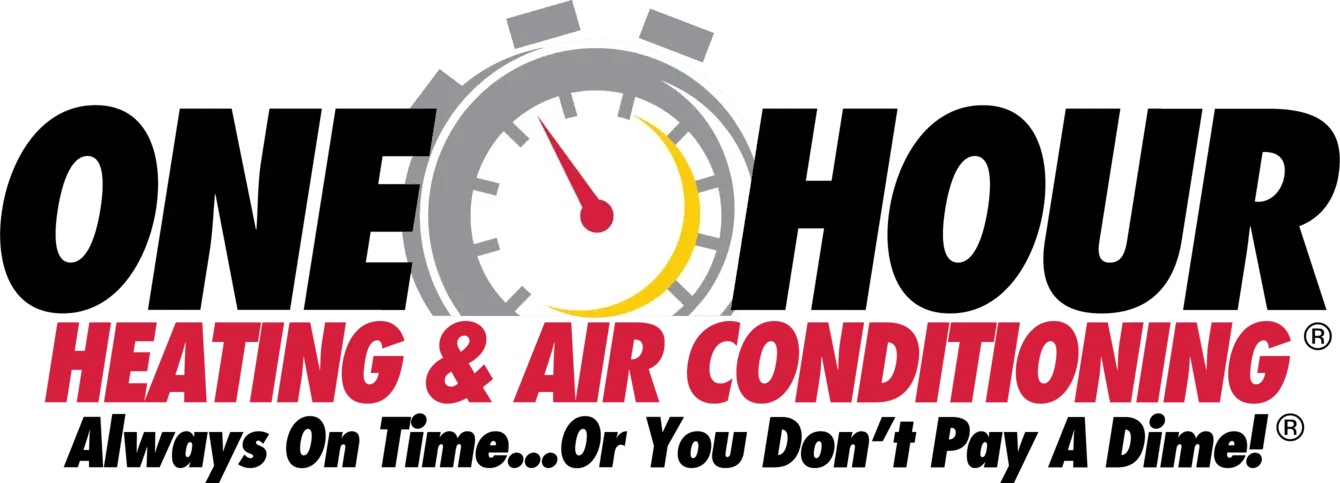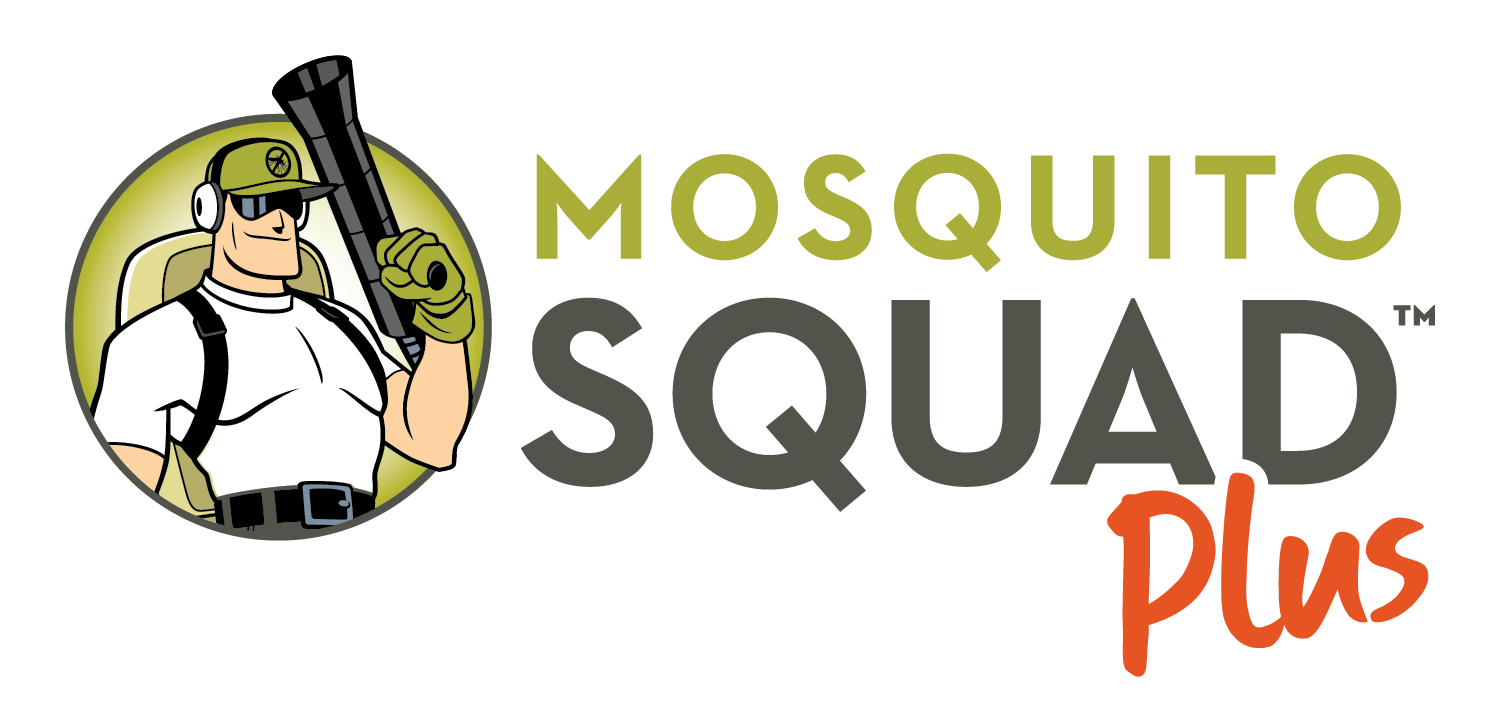When to Start Heating Maintenance in Illinois
Cold snaps in Illinois can strike quickly, leaving you scrambling if your furnace fails on the first bitterly cold night. A smooth start to heating season takes a little planning and expert attention to filters, burners, and safety controls. At One Hour Heating & Air Conditioning® in Herrin, IL, we’ve walked countless Illinois homeowners through timely heating maintenance so their systems fire up without a hitch.
Selecting the Perfect Moment for Your First Tune-Up
When summer winds down and daylight hours shrink, your heating system deserves a professional check. Ideally, you schedule service in early fall, right after you switch off the air conditioning and before the furnace needs to run for the first chilly evening. That timing gives technicians full access to your system without emergency calls or after-hours fees. A well-timed inspection allows you to address minor issues, like loose wiring or a dirty flame sensor, before they become major malfunctions in the depths of winter. Observing local weather forecasts can guide your scheduling. For the best results, pick a week when high temperatures linger above 45 degrees Fahrenheit for a gentle transition rather than a sudden rush. Checking heat exchangers, burners, and electrical safety on a mild day also helps you avoid risking a cold snap without reliable heat. If you wait until temperatures dip into the 20s, you may face longer wait times for service calls and extra discomfort. By taking action at that sweet spot, you let professionals work thoroughly, spot wear before it hampers performance, and give yourself peace of mind for the months ahead.
Cleaning and Replacing Filters for Consistent Airflow
Dust and debris collect on furnace filters throughout the cooling season. Those particles build up until airflow chokes, forcing the blower to sprint just to move warmed air into your rooms. A technician inspects and replaces filters suited to your system’s airflow rating, using a model that balances fine dust capture with minimal restriction. Choosing a higher-quality pleated filter calls for a schedule adjusted to your home’s dust levels and occupancy. During a maintenance visit, technicians evaluate your filter’s condition under load, running the blower at heating speed to watch pressure drops across the media. That test reveals whether the filter allows enough air through to avoid coil icing or delayed heat delivery. If the filter shows heavy buildup, they install a fresh unit and note the change date so that you can plan the next swap before performance dips. A straightforward filter swap prevents a wide range of airflow troubles, from weak heat in distant bedrooms to short cycling that wears out control boards.
Inspecting Burners and Flame Sensors for Strong Ignition
Each heating cycle begins at the burner assembly, where open ports spray gas onto a hot ignitor or pilot flame. Over months, burners collect soot or rust, and flame sensors corrode where heat meets metal. A technician removes the burner trays, scrubs away deposits, and realigns the jet openings to restore an even flame pattern. They then clean and test the flame sensor, ensuring it reads the flame reliably so the control board doesn’t shut the system down mid-cycle. If the burner flames flicker yellow instead of crisp blue, the technician adjusts gas pressure or corrects air shutter settings to restore proper combustion. That adjustment avoids soot buildup that can block burners and drift into your ductwork. A thorough burner service prevents ignition delays that send your thermostat into short-cycle panic and stops your home from cooling off when the system can’t hold its flame.
Verifying Safety Devices and Control Circuits
Modern furnaces include an array of safety switches and control relays that keep gas and electrical hazards at bay. A maintenance technician tests the high-limit switch, which prevents overheating by shutting off the burners if airflow stalls. They also examine rollout switches near the heat exchanger for signs of flame spillage. Each switch receives a simulated fault to confirm it trips as designed, and wiring connections are tightened to avoid arcing at terminal screws. Control circuits undergo voltage checks to confirm that relays, boards, and transformers deliver the correct signals. Loose connections can cause intermittent operation or total shutdown without warning. By exercising every safety device under load and verifying wiring integrity, professional care ensures that the furnace will pause or cut fuel flow at the first sign of trouble. This will keep your home safe and reduce the risk of carbon monoxide exposure.
Examining Heat Exchanger Integrity
The heat exchanger channels hot combustion gases while keeping those byproducts separate from your heated air. Cracks, corrosion, or metal fatigue in this vital component can leak carbon monoxide into your ductwork. Detecting such a hidden failure demands more than a visual glance. Technicians pressurize the combustion chamber with a small blower and use specialized detectors to sense trace amounts of gas escaping through fissures. If the exchanger shows any sign of breach, the professional discusses repair options or replacement, based on the metal’s condition and the furnace’s age. That thorough testing may add cost to a tune-up, but it avoids the far greater expense and danger of running a cracked exchanger. Addressing those hidden flaws before winter sets in keeps your heating system strong and protects your indoor air quality.
Calibrating Thermostat and System Response
Your thermostat holds the reins of your heating system, but it only performs well when it stays accurate. An expert checks the unit’s sensor against a reliable thermometer, noting any variance. If the control reads two degrees off, you end up either running the furnace too long or letting your home cool too much before your system kicks on. Professionals also test how your thermostat’s anticipator or cycle rate setting affects runtime, confirming the balance between comfortable warmth and efficient operation. Smart or programmable models receive firmware updates and configuration checks to match your heating schedule. Technicians verify that setback periods trigger reliably and that the system recovers smoothly when you raise the setpoint in the morning or evening. That precise calibration keeps you from discovering at night that your furnace hasn’t started when the house should be warming.
Assessing Blower Assembly and Airflow Path
The blower fan drives heated air through your duct network, and any wobble or dust accumulation can hinder its performance. A technician disassembles the blower housing, carefully vacuums accumulated dust, and inspects wheel blades for wingtip wear. They spin the wheel by hand to feel its balance and lubricate its shaft bearings if the motor requires it. Loose belts or misaligned pulleys get tensioned or replaced to restore smooth operation. Once the blower passes its mechanical inspection, the technician measures static pressure in supply and return plenums to ensure airflow matches the furnace’s design specifications. If pressure readings fall outside acceptable ranges, they trace the path to uncover blocked registers, collapsed flex runs, or improperly sized duct sections. Clearing those obstructions lets the furnace move air with confidence, delivering consistent warmth to every corner of your home.
Planning Long-Term Maintenance and Upgrades
Your heating system thrives on a rhythm of annual checkups. During a visit, your technician outlines any service recommendations beyond a simple tune-up, such as replacing aged control boards or upgrading to a multi-speed blower motor for quieter, more efficient operation. If your furnace nears the end of its expected lifespan, they can project performance trends and suggest replacement timelines aligned with market incentives or seasonal discounts.
Ready for Reliable Heating? Book Your Fall Tune-Up Today
At [company_name], we offer furnace inspections, filter replacements, and safety testing to keep your heating system running efficiently when temperatures drop. Our technicians check heat exchangers, lubricate motors, and verify thermostat accuracy, all backed by clear estimates and follow-up reminders. If you’re aiming for a trouble-free winter, schedule your heating maintenance now. Call One Hour Heating & Air Conditioning® for your fall service appointment.















